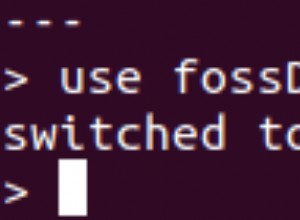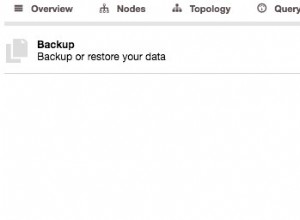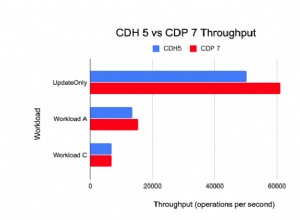Połączenie dwóch pól w tablicę wartości za pomocą agregacji Framework jest możliwe, ale zdecydowanie nie jest tak proste, jak mogłoby być (przynajmniej jak w MongoDB 2.2.0).
Oto przykład:
db.metrics.aggregate(
// Find matching documents first (can take advantage of index)
{ $match : {
'array_serial' : array,
'port_name' : { $in : ports},
'datetime' : { $gte : from, $lte : to}
}},
// Project desired fields and add an extra $index for # of array elements
{ $project: {
port_name: 1,
datetime: 1,
metric: 1,
index: { $const:[0,1] }
}},
// Split into document stream based on $index
{ $unwind: '$index' },
// Re-group data using conditional to create array [$datetime, $metric]
{ $group: {
_id: { id: '$_id', port_name: '$port_name' },
data: {
$push: { $cond:[ {$eq:['$index', 0]}, '$datetime', '$metric'] }
},
}},
// Sort results
{ $sort: { _id:1 } },
// Final group by port_name with data array and count
{ $group: {
_id: '$_id.port_name',
data: { $push: '$data' },
count: { $sum: 1 }
}}
)




